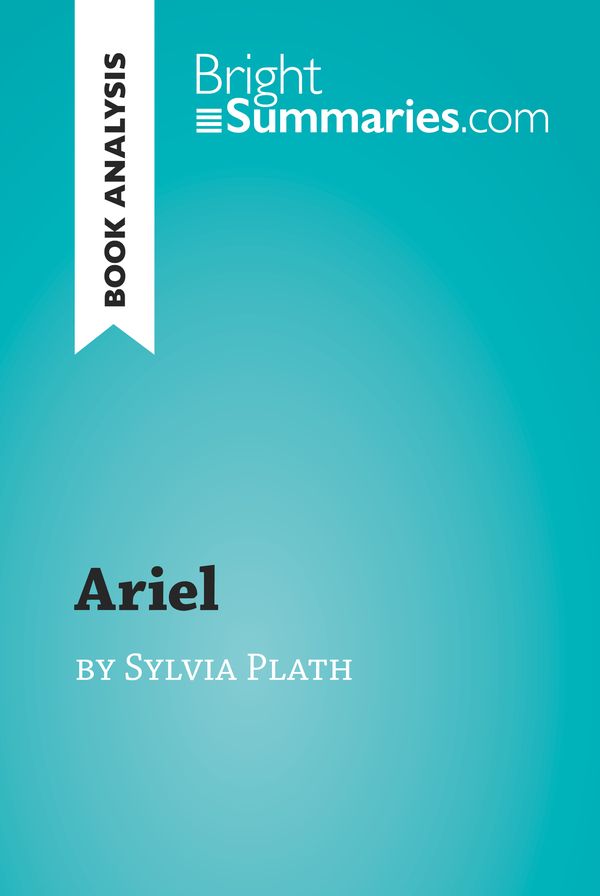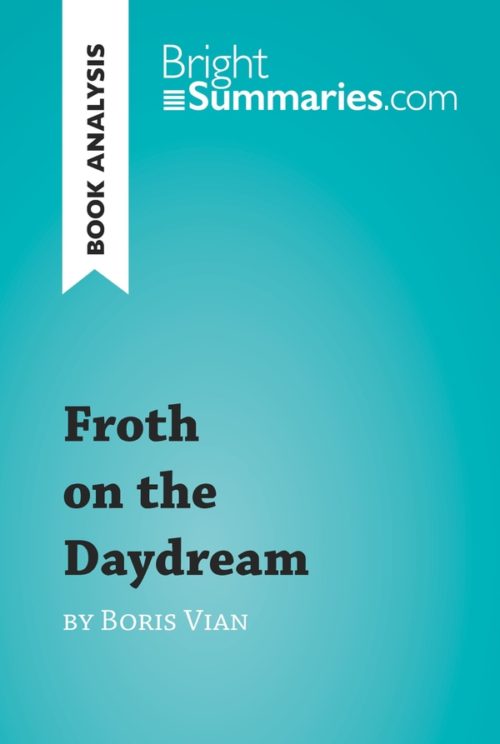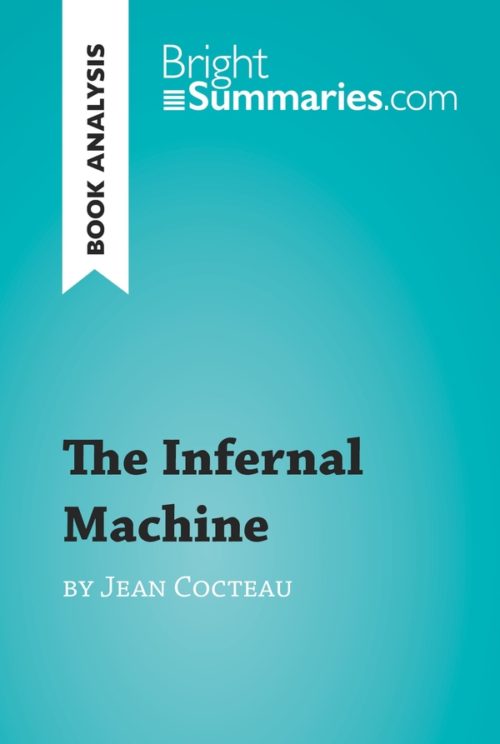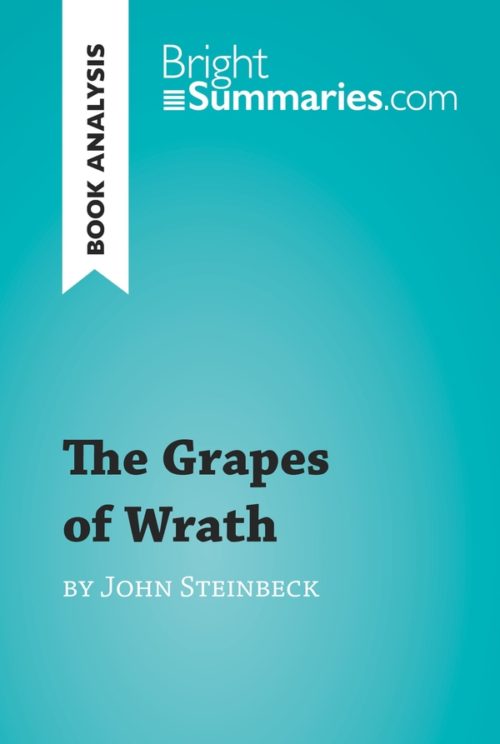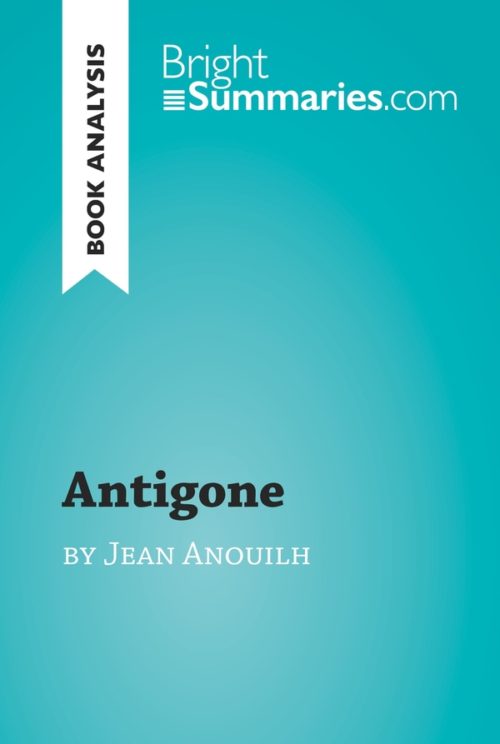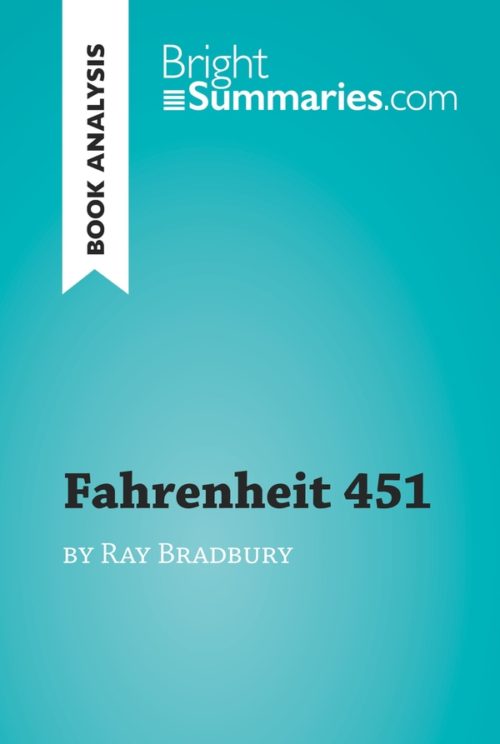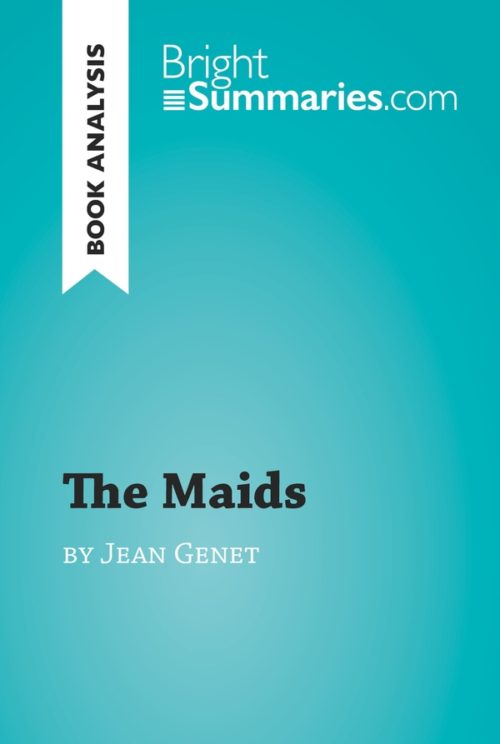Ariel by Sylvia Plath (Book Analysis)
Ariel by Sylvia Plath (Book Analysis)
Detailed Summary, Analysis and Reading Guide
Read more
This practical and insightful reading guide offers a complete summary and analysis of Ariel by Sylvia Plath. It provides an exploration of the collection’s overall structure and content, as well as closer readings of the poems “Lady Lazarus”, “Ariel” and “Daddy”. The clear and concise style makes for easy understanding, providing the perfect opportunity to improve your literary knowledge in no time.
This clear and detailed 48-page reading guide is structured as follows:
- Biography of Sylvia Plath
- Presentation of Ariel
- Summary of Ariel
- The overarching structure of the collection
- “Lady Lazarus”
- “Ariel”
- “Daddy”
- Context
- Plath at home
- Literary context
- Analysis of Ariel
- Tyrannical objects: suicide
- The monstrous, mythic woman: womanhood
- Words and cuts: form
About Ariel
The poetry collection Ariel is Sylvia Plath’s final work, and was published posthumously in 1965 (Plath committed suicide two years previously). The poems in the collection are generally considered to be among her finest work, and resulted in a cult following after her death. They stand out for their concision, vivid imagery and unflinchingly honest exploration of themes including suicide, womanhood and depression, and mark a shift in Plath’s poetry towards the confessional school of literature.
About Sylvia Plath
Sylvia Plath was an American writer whose emotionally frank, partly autobiographical poetry collections and single novel, The Bell Jar, are widely considered to be key works in the confessional school of literature. After graduating from Smith College, a woman’s liberal arts college in Massachusetts, she received a Fulbright scholarship to study at Cambridge University, where she met the poet and her future husband Ted Hughes. Depression and alienation are recurring themes in her wok, and she often reflected on the particular difficulties facing women in the mid-20th century. She committed suicide in 1963 at the age of 30.
Product details
| ISBN | 9782808012713 |
|---|---|
| Publisher | Plurilingua Publishing |
| Collection | Brightsummaries.com |
| Format | |
| Pages | 48 |
| File size | 2.1 MB |

